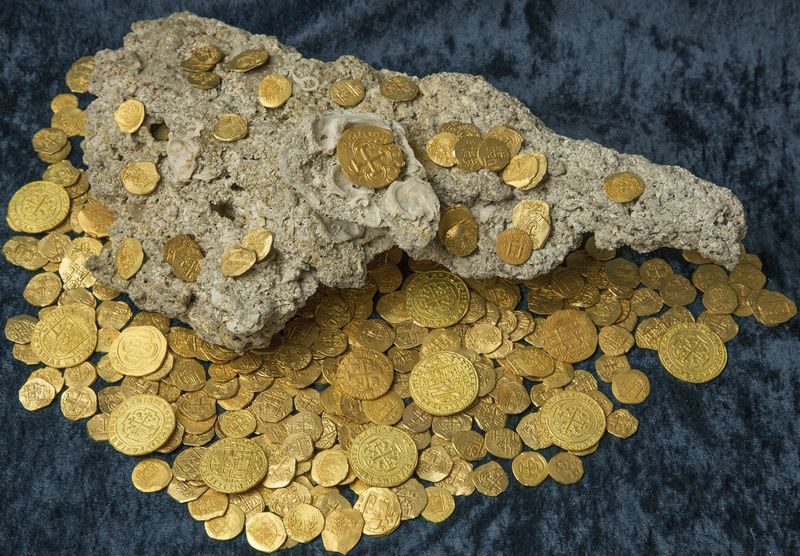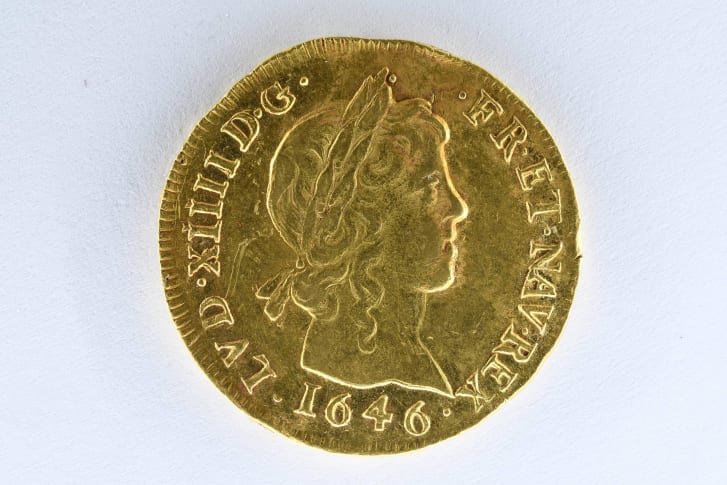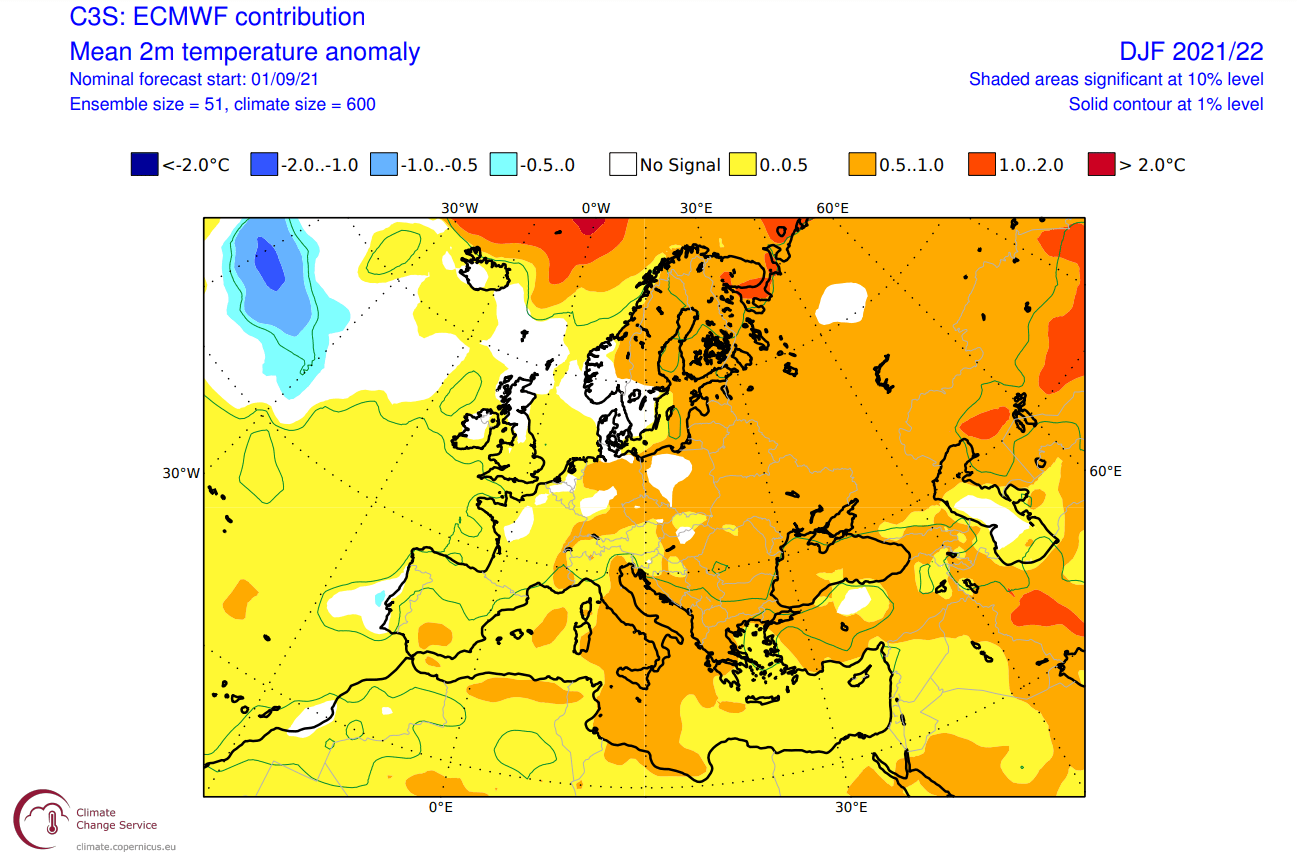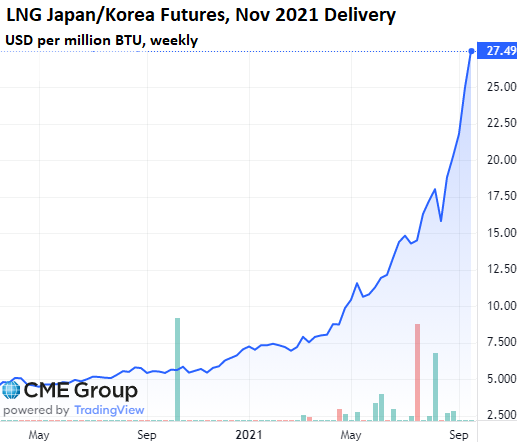From City Journal, September 21:
Luigi Zingales, the Robert C. McCormack Professor of Entrepreneurship and Finance at the University of Chicago’s Booth School of Business and a contributing editor of City Journal, joined Allison Schrager, a senior fellow at the Manhattan Institute and contributing editor of City Journal, for a conversation about the tech industry, its effects on politics, and the possibility of reform.
Allison Schrager: The FAANGs—Facebook, Amazon, Apple, Netflix, and Google—as well as Twitter have faced rising political scrutiny, which has led to to calls to regulate them. Such calls have come both from the Left, which points to their size and potential market power, and the Right, which notes their ability to control information in a way that’s biased against conservatives. In economics, these properties are hallmarks of a monopoly—a firm with too much market power. Are these companies really monopolies? If so, is their monopoly power durable? Can we expect them to stay monopolies without government intervention to break them up?
Luigi Zingales: I am going to disappoint you by giving the typical economist’s answer: it depends. It depends on how you define monopoly, the time horizon you are considering, and which company you are talking about.
Do the FAANGs have a very large market share? The answer is yes, and not by coincidence. In this sector, there are large network externalities or big economies of scale (or both). We value Facebook and Twitter because a lot of other people are on Facebook and Twitter. Google’s value comes from its superior search engine, which gets better with use. These are markets subject to tipping—i.e., when a company starts to become dominant, it quickly takes over the entire market.
More difficult is to determine whether these companies have enough market power to be considered monopolies. That’s harder to answer, especially when it comes to a market in which companies don’t charge consumers for their services. To prove that a company is a monopoly you have to show that it delivers excessively low quality. The best paper I’ve seen on this topic shows that Facebook weakened privacy standards after Myspace disappeared. This is clear evidence of Facebook abusing its monopoly power.
Given that there are many alternative social media, where does Facebook’s market power come from? A combination of inertia and network externalities. Let me explain it with an example. My high-school friends and I are in a WhatsApp chat. In late January, when WhatsApp announced its new privacy settings, many participants (myself included) wanted to switch to Signal. Most of us did it, while a few did not (mostly for inertia). As a result, for a little while there were two parallel chats. Eventually, however, everybody went back to the original one.
Schrager: What if there were a better alternative to Signal? Would that have made a difference?
Zingales: It is unlikely, because you still would have had to convince everyone to switch platforms. Major events, like Elon Musk telling everyone to use Signal, are helpful, but often not sufficient (as in this case). This is the reason why an inferior technology like VHS was able to displace a superior one like Betamax.
Schrager: Yes, but eventually VHS gave way to DVDs, then to Blu-Ray, and then to streaming.
Zingales: Now you’re getting to the next part, which is time horizon. How long will these companies’ dominant position last? It’s a good question. If they don’t get subsidies or government intervention, eventually a better technology will come along. But the important question is: how long will “eventually” take, and how much damage will be done in between?
Schrager: Traditionally, monopolies were considered worthy of regulation because they harm consumers—specifically, they charge very high prices. But many of the services we consume from the FAANGs and Twitter are free. Are there other ways besides cost in which they pose harm?
Zingales: Again, it depends—on where and how long you look. We can distinguish between potential harm and active harm. Do these companies have the potential to do harm? Absolutely. Take Google: the way it ranks news sources and search results has a big impact on what you buy and perhaps even whom you vote for. From the case against Google in Europe, we know that when the firm started its own shopping service, it de-ranked its competitors in Google search results.
Sometimes, just the threat of changing the search algorithm is enough to cause harm. If I am a politician in a competitive district, do I really want to go after Google when Google can make my life more difficult? This isn’t just an issue in the U.S. It’s true all over the world. If I am the Sri Lankan prime minister, do I want to attack Google? I think this is going on right now; we see politicians holding back.
Schrager: It hasn’t held back Elizabeth Warren from criticizing these companies, though. She has been a very vocal opponent.
Zingales: It depends on how secure your district is. In Massachusetts, it’s hard for a Democrat to lose. But take Mike Lee, a Utah Republican who changed his mind on Google and antitrust issues—I wonder why.
Schrager: Do these companies influence elections?
Zingales: I am not saying they do, but they could. If I search for “Biden” and news about Hunter Biden comes up first, I may not vote for his father. By contrast, if the bad news about Biden only shows up on the second page of search results, I might happily vote for Biden. Do you know the jokes that all the skeletons are buried in page two of the search results, because you can be sure that nobody would find them?
Then there’s the political issue. What we saw on January 10, with Facebook and Twitter’s banning of Trump, was that a few people have a disproportionate power to block the circulation of certain ideas. I do believe that businesses have the right to choose what they diffuse. But this right is compatible with a free society only if the service is provided in a competitive way. If I am the only inn in a desert, my freedom to refuse to serve you must be restricted, because it becomes my freedom to kill you.
Finally, we, the consumers, pay the cost of advertising. If the FAANGs influence the price of advertising, this will show up in the final price of goods. There’s no evidence yet that they do, but it’s not out of the question. It’s something we should pay attention to.
Schrager: So what can be done? Do you suggest breaking the FAANGs up?....
....MUCH MORE











